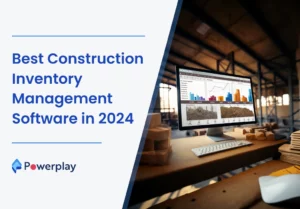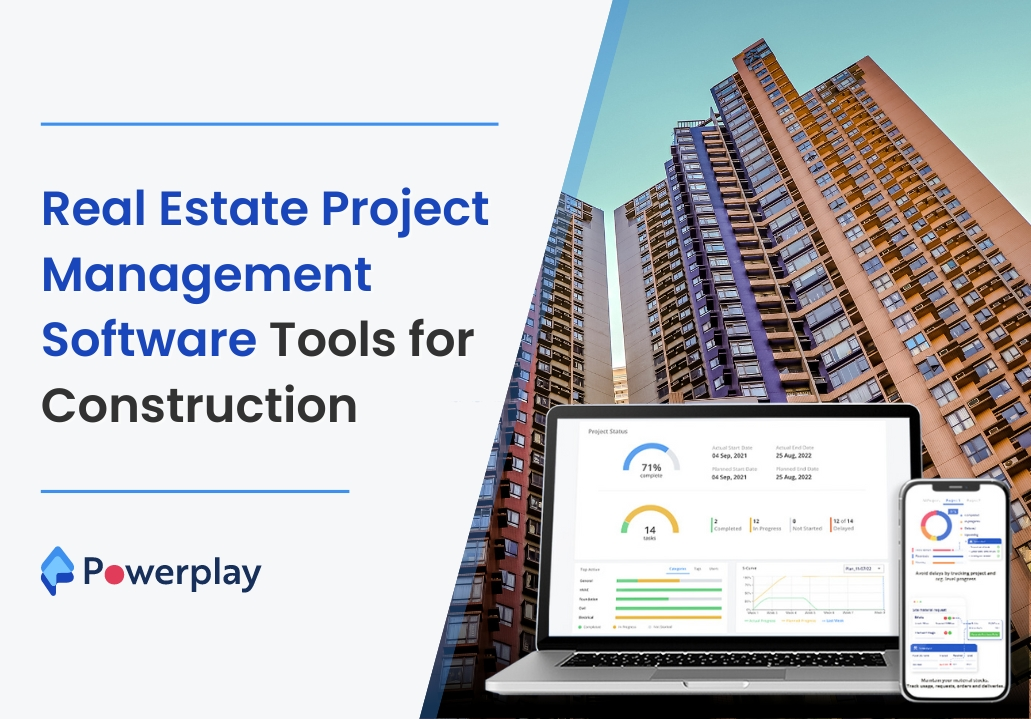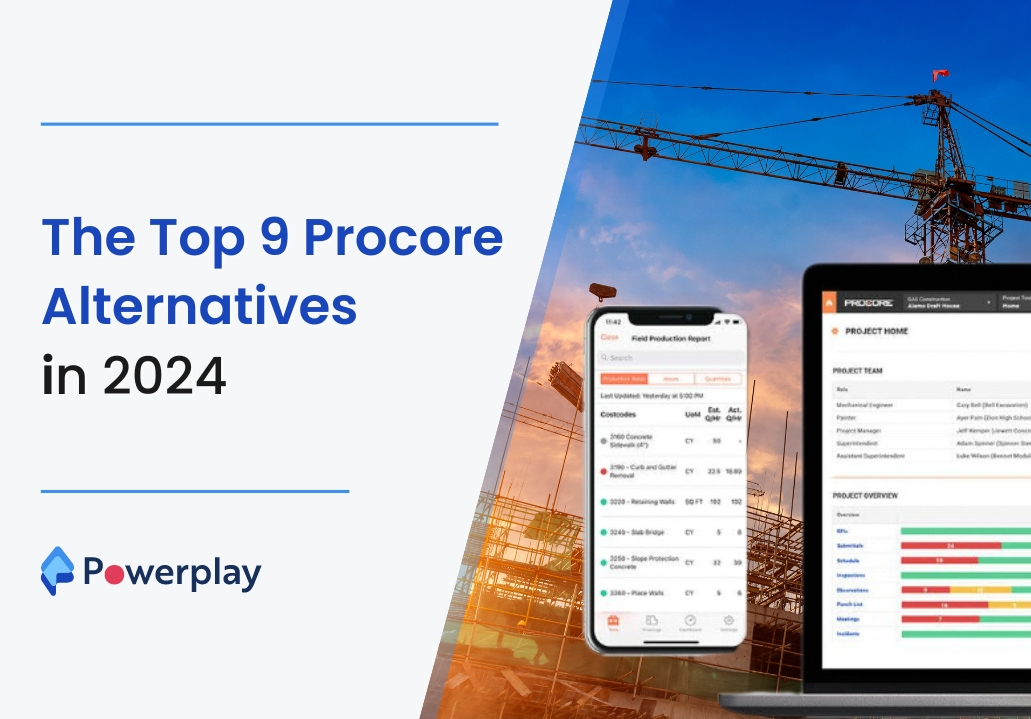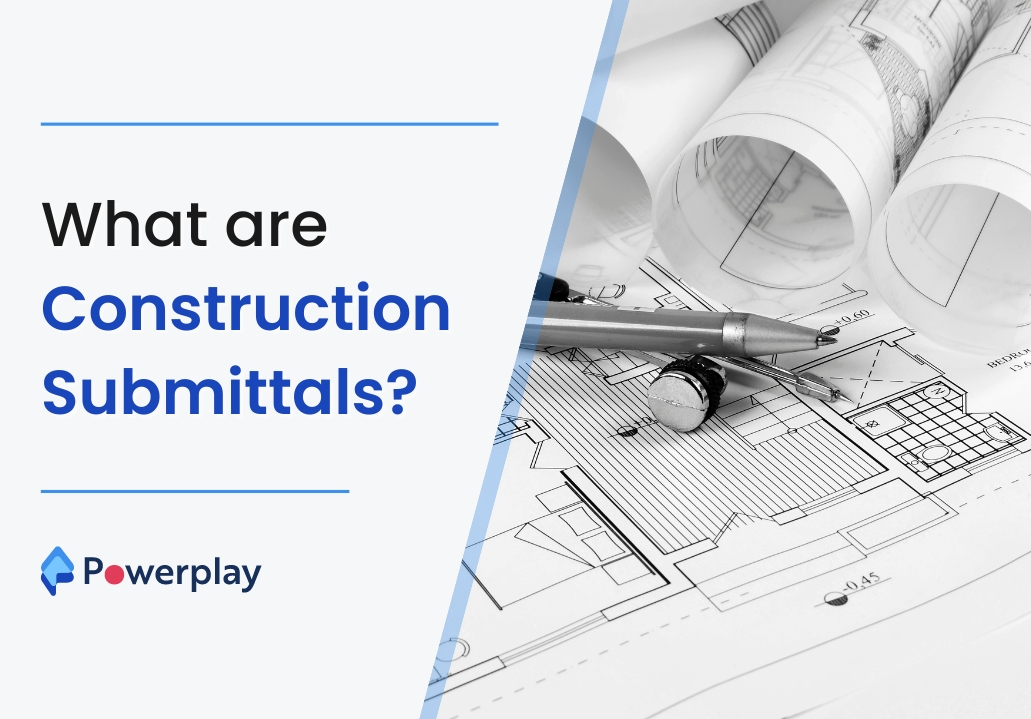Precast Concrete
-
Kumar Abhishek Anand
- October 23, 2023
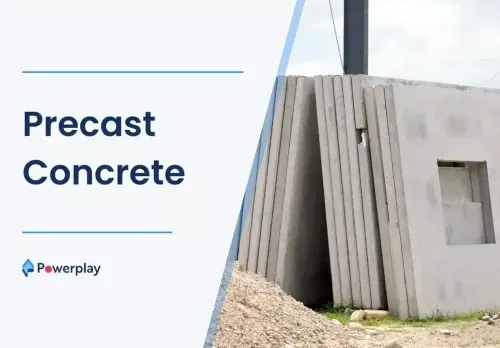
Precast has been used for architectural purposes since the early 1900s and came into wide use in the 1960s. The exterior surface of a precast can be designed as per the suitability, an exposed aggregate finish can be used for ornamental purposes while form shaped face can be designed for cast in place. Precast can be used almost everywhere in a structure from the panelling of columns with precast panels to precast walls or claddings with window openings that extend to several floors in height. These precast components are selected based on several factors such as performance criteria, and weather conditions. For smaller structures, standard-sized precast components are used whereas in large-scale constructions such as bridges or flyovers, custom precast components are prepared by the manufacturer for specific loads, connections, and erection loads, that can perform adequately and withstand respective weather conditions along with being durable enough.
Precast concrete is produced by casting concrete in a reusable mold which is then cured in a controlled environment to gain the predicted strength. It is then transported to the construction site and lifted with the help of heavy machines into respective places. As the precast is cured in a controlled environment, it has the opportunity to cure properly and to be closely monitored by precast plant employees. A variety of precast systems are available in different shapes, colours, textures and finishes to be chosen from as per the requirement. These precast varieties are assessed via chosen sample at the manufacturing factory itself prior to full-fledged precast panel production. This assessment is an addon to the standard quality control measures and field testing which is necessary during the production phase. Precast concrete offers many advantages over onsite casting such as there is greater control over material quality and workmanship in a precast plant, the forms used in precast plants can be used umpteen times before they have to be replaced which makes the entire casting process cheaper in the long run in terms of cost per unit of formwork.
Generally, every precast component is independently supported to the structure with the help of bolts and anchors or in short, an assemblage of metal components and the joints in between and around all precast components are filled with a sealant. They can also be grouted or concreted together with help of loops of steel reinforcements left protruding out of the precast concrete members. Precast components are typically used for structural requirements such as beams, columns, floors, staircases, wall panels, pipes, tunnels.
Precast Concrete Structural Elements and Precast Building Systems
A precast building structure is constructed by assembling and connecting a variety of prefabricated elements at proper alignments and angles. In lieu of precast elements, precast building systems can also be used as per the load-bearing structure requirements. The need for precast elements or building systems can be decided based upon the type of structure, the distance of the manufacturing factory from the construction site, feasibility, etc. Both the precast elements can be sub-categorized into a number of different elements and systems respectively which are as follows:
1. Precast Concrete Elements
Table of Contents
Togglea. Precast Concrete Slabs or Beams
Precast concrete slabs or beams are versatile components that can be inserted in a variety of ways into structures and foundations for small and large-scale construction projects. They have an advantage over traditional slabs because they have been poured in a controlled environment. Precast slabs constitute either precast concrete arched panels, hollow mini-slabs or planks that can be placed between smaller, more frequently spaced precast beams or joists spanning between walls or columns. A thin reinforced concrete layer is poured on top of it afterward. These slabs eliminate the need for extensive formworks and are more flexible for projects that need to be phased much like the improvement of structures in informal settlements.
b. Precast Concrete Columns
Precast concrete columns are precast elements that are single or double storied and one of circular, square or rectangular shapes. These can be designed and manufactured as per specifications by incorporating add-on features and fittings. Precast columns are usually considered for use on in-situ flat concrete slab projects where there is high demand due to tower crane hook time and tight construction programs. The connection of columns with the foundation can be done via a base plate connected to the columns or by grouting of reinforcing bars projecting from the column end into the sleeves. The column can also be placed in a preformed hole in the foundation block and grouted into position. Column to column connections can either be made by threaded rods joined with an appropriate connecter with concrete around the column dimensions resulting in deep stitch or by using grouting sleeves resulting in thin stitch.
c. Precast Concrete Walls
Precast walls are constructed by casting concrete in a reusable wall formwork and cured in a controlled environment which is then transported to the construction site. It is placed in the same manner as the precast columns and it needs 8- 12 inches of compacted gravel as its base. They can be used in the kitchen, bathroom or to form a partitioned living space or extra storage room. Precast is equally common in the construction of commercial buildings as well.
d. Precast Concrete Foundation
Precast foundations are prepared by pouring concrete mix into reusable molds that have been set up as per the design specifications and then cured in controlled environments and finally transported to construction sites. The concrete used for making precast foundations are high strength quality and made of natural materials. The precast foundation components include a concrete footer that rests on a sub-footer.
2. Precast Building Systems
a. Large- Panel Systems
Large panel systems using precast components are typically used for the construction of commercial buildings such as apartments and hotels. It is composed of precast floor concrete panels and large precast walls connected in both the vertical and horizontal directions.
The large panels are of the height of a single-storey of building. The gravity loads are borne by both the vertical walls and horizontal floor panels simultaneously. The large panel system using precast components can be installed in three arrangement types based on wall layouts that are cross-wall system, longitudinal- wall system and two-way system. Large panel systems are suitable for buildings that need close partitioning of space. These panels can be easily painted on and can be insulated for thermal comfort. When installed with proper joints, the large panel system can achieve adequate strength and stiffness to resist lateral loads.
b. Frame System
The frame system consists of linear precast elements or spatial beam-columns sub-assembled together. Precast beam-columns assemblies are beneficial in its construction because the connecting faces between the sub-assemblages can be placed away from the critical frame regions, but linear elements are usually preferred due to the difficulties associated with forming, handling and erecting spatial precast elements. The connecting beams can be seated on corbels at the columns, for ease of construction and assist the shear transfer from beam to columns which results in hinged joints. The space frame is constructed using two main modular elements, a cruciform and a linear beam. In frame systems, there is a possibility of columns being installed and thus free space and visual obstruction due to walls are negligible in an open layout. Also when using frame systems, there is freedom of choice for the selection of cladding elements for the facade.
c. Slab-Columns System with Shear Walls
In this precast arrangement, the vertical or gravity loads are supported by the roof or slab column structure whereas the lateral loads are resisted by the shear walls. They are mainly of two types, lift slab systems with walls where the load-bearing system consists of precast reinforced concrete columns and slabs assembled with special joints and a pre-stressed slab-column system where two pre-stressed columns are placed in orthogonal directions to achieve continuity. In the lift-slab system precast concrete floor slabs are lifted from the ground up to the final heights by lifting cranes and the columns used are 2 stories high.
The precast concrete columns used in prestressed slab-columns systems are usually 1- 3 stories high, and after erecting the slabs and columns of a storey, the columns and floors are prestressed by means of prestressing tendons that are passing through ducts in the columns at the floor level and along the gaps left between adjacent slabs. This kind of precast system cannot be used in regions of high seismicity.
Advantages of Precast Concrete
Using precast concrete in the construction of buildings can be beneficial in numerous ways from strength criteria to affordability. Some of the advantages of using precast concrete components have been given below:
- Structurally Secure and Efficient- Precast concrete is characteristically designed and has a significantly large span-to-depth ratio that allows it to bear loads more efficiently thereby reducing the additional columns and support requirement within the internal structure of the building. Also, as it is lightweight the size of the structural material can be easily reduced along with the overall depth of the foundation. Even if it is lightweight, the strength of the structural member is not compromised, i.e., it will remain secure even under extreme loads if properly installed. And since the precast members are lightweight and have uncompromised strength, they can be used to reach building heights of up to 80 stories. The uniformity attained in the precast members due to its dense construction can reduce vibrations coursing through the building structure.
- Ready-to-Use and Preinstalled- Many construction projects require lifting and tilting up of concrete for pouring into molds on-site which can be a hassle when used for internal structures and foundations or when the operation requires essential utility access. Precast concrete enables the construction unit to preinstall utility access, fixtures and other service elements. Different types of utility panels can be installed during the construction of precast concrete and molds or after it, which enables the construction unit to access the utilities and other services instantly without any hassle, therefore the need for any alterations or revisions of the concrete is reduced. Each individual component is ready to use the moment it arrives on-site and only needs to be connected and tested which saves time and money, and boosts the firm’s reputation.
- Thermal Friendly- Different infrastructures require a different kind of resistance against different elements as per the surroundings or the utility service. Precast Concrete acts as a great thermal insulator that keeps the internal structure of the building heated during winters and keeps the heat out in summers. The thermal insulation efficiency is one of the most cost advantageous features of precast concrete. Since the precast concrete structure is dense it conducts heat poorly.
- Rust and Chemical Resistant- One of the best features of precast concrete is its resistance to chemical exposures and rust because of which it is used in docks, overpasses, bridges and many more massive structures where it also prevents oil and fuel spills. An individual precast concrete does suffer considerable damage due to chemicals or rust but even if it gets damaged it can be easily replaced with minimal impact to the overall structural integrity. Internal rebars are embedded quite deep inside the precast concrete components because of which the internal rebars are less prone to rust.
- Easily Customizable- Large-scale structures require customized components for their structure specifically designed to withstand anomalous conditions. Precast concrete elements are used to fulfill the demand for a unique look and feel for the structure so that it stands out and adapts to the nature of the firm’s ideology. The forms and molds used for construction precast elements can be configured in any shape, curve, bend, angles, or any other odd design. The manufacture of precast elements is not limited to standard components, they can be designed for any custom element in the proposed structure.
- Safety- In the current construction scenario, structural elements and entire structures should be able to provide protection against a plethora of threats both from nature and people and precast concrete successfully protects against both these threats. The strength of precast concrete structures can prevent both break-ins as in thefts and break-outs as in escape from prisons. It can resist major impacts and penetration attempts compared to other building structures. Precast systems are most commonly used for creating storm shelters to provide protection against tornados and hurricanes.
Disadvantages of Precast Concrete
There are a few disadvantages related to precast usage which are:
- Large Initial Capital- Precast concrete components can only be manufactured at an off-site or on-site manufacturing plant and for installing a precast concrete plant, heavy and sophisticated machinery are necessary that requires huge initial capital. Either the precast construction project must be large enough the compensate for the initial cost or the precast concrete plant should manufacture precast components for a number of construction projects.
- Transportation Trouble- When the precast manufacturing plants are installed off-site at a considerable distance from the construction site, the precast members need to be carried using trailers which increases the overall cost and risks associated with transporting them without being damaged.
- Handling Issues- Precast concrete components are large and heavy due to which they have to be handled with proper care and precaution to avoid any damage to the components. Precast members are typically handled by portable or tower cranes.
- Modification Limits- When working with precast components and structures it is difficult to modify the structure because it can impact the overall strength and stability of the structure.
- Delicate Construction Operations- The strength of the precast concrete structure is greatly influenced by the connection operation or assembly of the structure. These connection operations have to be monitored and done complacently to ensure the intended behavior of the joint such as rigid, simple or semi-rigid. If not done properly, the connections can become faulty which can lead to leakage issues, insulation failures, reduced strength, etc.
Managing Construction Site Waste can be an uphill task for any project manager or contractor. So to streamline and make the construction waste management process more efficient on a construction site several project management tools, specially designed for handling this kind of complicated management process can be used. Powerplay application is quite efficient in managing the distinct processes on a construction site during and after the completion of a project. It is the first of its kind in the country that can manage all construction processes involved in all construction sites. It is very easy to record, update and analyze the construction site information regularly for anybody on-site through this application. Proper updates from the workers on site about these waste disposal issues and, reuse and recycling methods can be used to notify the respective authority automatically. All work that is in process and that which has been accomplished can be seen on a simplified feedback screen. In short, Powerplay can be considered to be an allrounder in managing a construction project right from its initiation to its completion.
Share
Kumar is a digital content professional with more than 2 years of experience in Blog writing, copywriting and scripting. His passion lies in the art of creating convincing content that plays a major role in converting leads for SAAS businesses.

